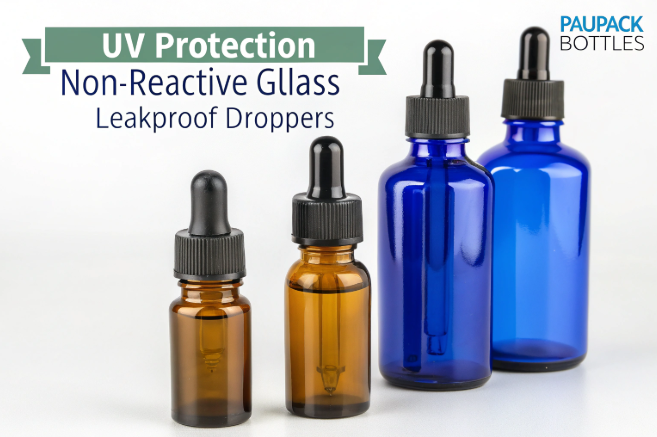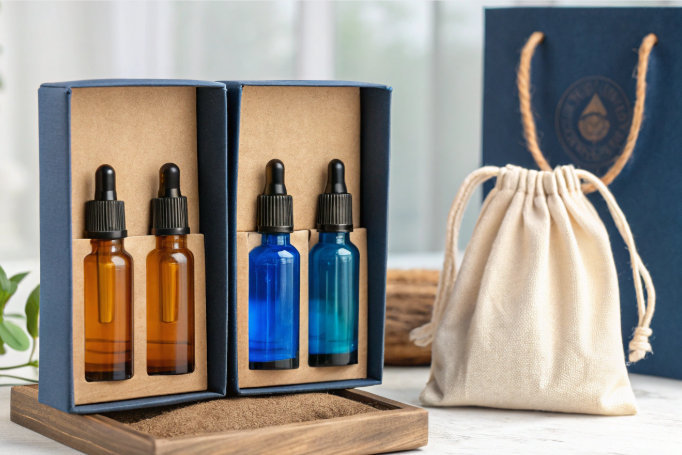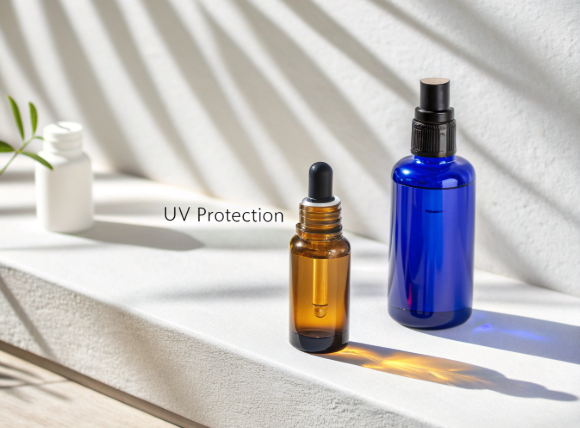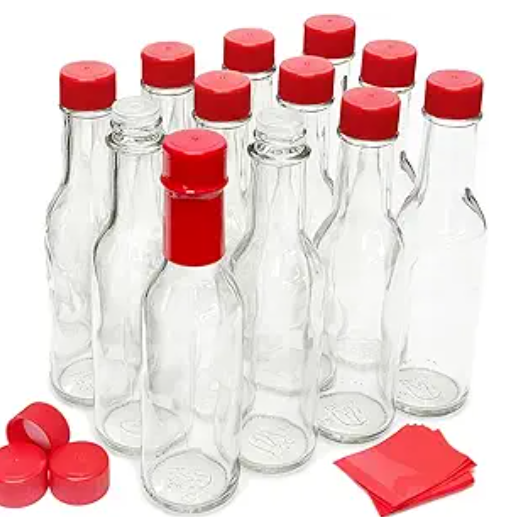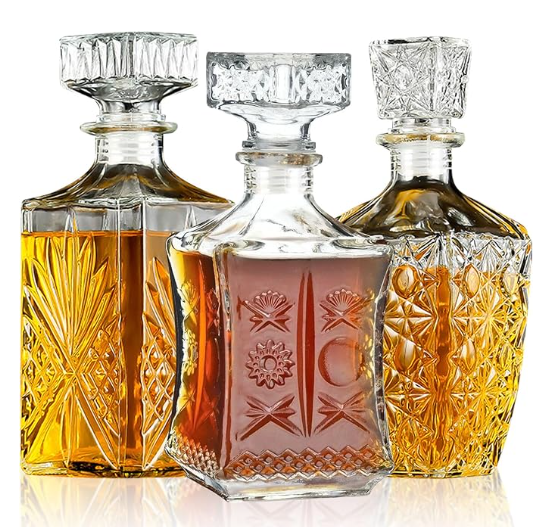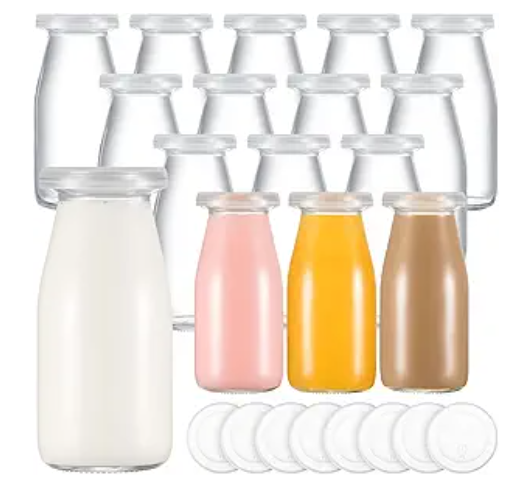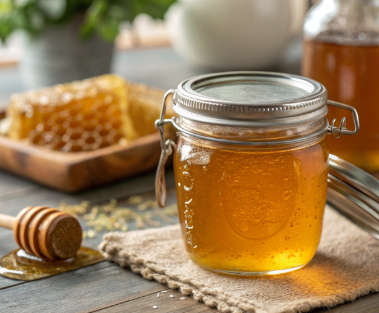Scent is memory. For beauty and wellness brands, creating the right perfume blend is a game-changer—but where do you begin?
The best essential oil blends for perfume use a balanced mix of top, middle, and base notes—often following a 30/50/20 ratio—to create layered, long-lasting natural fragrances.
At PauPack Bottles, we don’t just supply perfume packaging—we work closely with artisan and boutique perfumers globally. Here’s how you can build unforgettable scents from 100% essential oils.

What holds essential oil smell longest?
Some scents fade within minutes, while others linger all day. The secret? Base notes.
Base note essential oils—like vetiver, sandalwood, and patchouli—last the longest because they evaporate slowly and anchor the entire fragrance.
Perfume longevity is based on molecular weight. Heavier compounds stay longer on the skin, while lighter molecules evaporate quickly.
Longevity by Note Type
| Note Type | Role in Perfume | Lasting Power | Common Oils |
|---|---|---|---|
| Top | First impression | 30 mins–1 hr | Lemon, bergamot, peppermint |
| Middle | Heart of the blend | 2–4 hours | Lavender, rose, geranium |
| Base | Foundation & fixative | 6+ hours | Patchouli, frankincense, sandalwood |
Using long-lasting base notes not only helps the scent linger—it also stabilizes the volatile top notes and gives the fragrance a smoother fade.
What oils are best for homemade perfume?
Not all essential oils are created equal for perfumery. Some are too strong, others too weak, and a few are so balanced they do all the work.
The best essential oils for homemade perfume include lavender, jasmine, sandalwood, bergamot, and ylang-ylang—each bringing depth, complexity, and character.
When blending, choose oils based on note type, skin safety, and how well they layer together.
Top Picks by Note Layer
| Layer | Recommended Oils | Description |
|---|---|---|
| Top Notes | Bergamot, Grapefruit, Lemon, Spearmint | Fresh, energizing, bright |
| Middle Notes | Lavender, Rose, Neroli, Geranium | Floral, soft, emotional |
| Base Notes | Sandalwood, Patchouli, Vetiver, Myrrh | Grounding, musky, sensual |
Ready-to-Use Blend Ideas (DIY Safe)
Romantic Floral
-
3 drops ylang-ylang
-
4 drops rose
-
2 drops sandalwood
Citrus Fresh
-
5 drops bergamot
-
3 drops lavender
-
2 drops patchouli
Woodsy Masculine
-
4 drops cedarwood
-
3 drops clary sage
-
3 drops vetiver
Use a carrier oil like fractionated coconut or jojoba as your base. For spray perfumes, combine oils with ethanol or perfumer’s alcohol in a dark glass spray bottle.
What is the 30/50/20 rule for essential oils?
If you’re new to perfumery, this simple formula is your best friend.
The 30/50/20 rule refers to the ratio of top, middle, and base notes in a balanced essential oil perfume blend: 30% top notes, 50% middle notes, and 20% base notes.
This ratio helps ensure your blend has a strong first impression (top), emotional resonance (heart), and longevity (base).
Example: 10-Drop Formula
| Note Type | Percentage | Number of Drops | Oils Example |
|---|---|---|---|
| Top | 30% | 3 drops | Grapefruit, mint |
| Middle | 50% | 5 drops | Geranium, rose |
| Base | 20% | 2 drops | Frankincense, cedarwood |
Adjust this base depending on your brand’s style—some brands prefer more grounded (base-heavy) blends, while others focus on light florals.
PauPack Tip: Always age your perfume
After blending, let your perfume sit in a dark glass bottle for at least 24–72 hours before testing. This allows the molecules to bind and evolve, giving a true sense of how the final scent will develop on skin.
Do professional perfumers use essential oils?
Yes—but not exclusively. Essential oils are the heart of many luxury and natural perfumes, but they come with limitations.
Professional perfumers often use essential oils in high-end, natural perfumes—but blend them with isolates or aroma compounds for consistency and control.
Essential oils are powerful, but also variable. Climate, harvest time, and distillation method all affect batch-to-batch quality. That’s why professionals often:
-
Use essential oils for complexity and emotional depth
-
Add aroma isolates for stability (e.g., linalool, geraniol)
-
Choose CO2 extracts or absolutes for delicate botanicals like jasmine or rose
Pros and Cons of Using Essential Oils in Perfume
| Factor | Essential Oils | Synthetic Aroma Chemicals |
|---|---|---|
| Natural Labeling | ✅ 100% natural claim | ❌ Not eligible |
| Batch Consistency | ❌ Variable per harvest | ✅ Stable formulation |
| Cost per ml | Moderate to High | Lower (volume dependent) |
| Emotional Depth | ✅ Rich scent evolution | ✅ Can be crafted |
| Regulatory Ease | ❌ May need allergen labeling | ✅ Often pre-compliant |
Many of PauPack’s perfume brand clients—especially natural wellness brands—prefer essential oil-based perfumes for transparency and authenticity. But even they know: blending is both art and science.
Conclusion
Great perfume isn’t just about smelling nice—it’s about crafting an emotional journey. With essential oils, you can create 100% natural perfumes that are both beautiful and safe—if you know how to layer and balance your blend.
Use top notes to captivate, heart notes to connect, and base notes to stay remembered. That’s how natural perfume builds brand loyalty.



